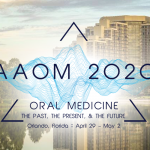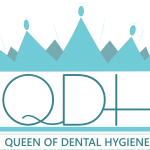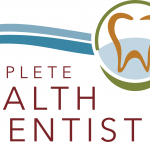
On April 29-May 2, 2020, the American Academy of Oral Medicine (AAOM) celebrates its 75th annual meeting in Orlando, Florida. The theme of our meeting is “Oral Medicine: The Past, The Present, and The Future.” In 1945, “The Past,” Dr. Samuel Charles Miller founded the academy with a keen intent to integrate dental and medical issues. This inspiration has formed a strong foundation, “The Present,” that over the years, through education, collaboration, and research, has set standards for mana...
Read More








